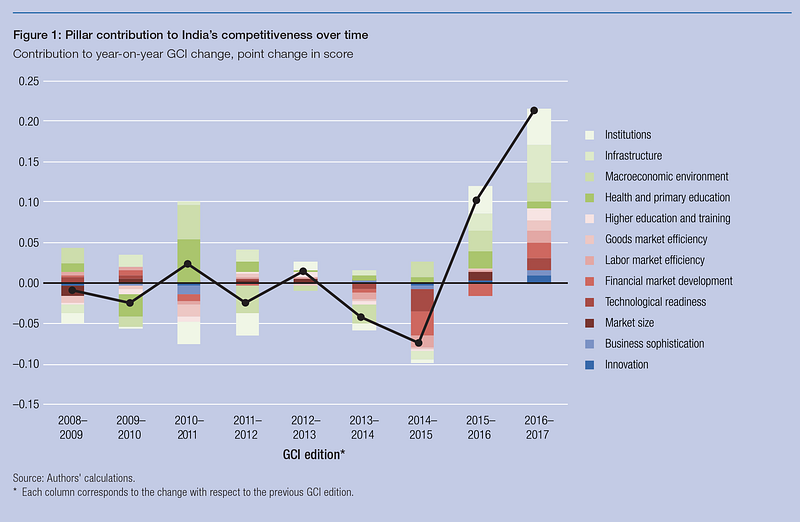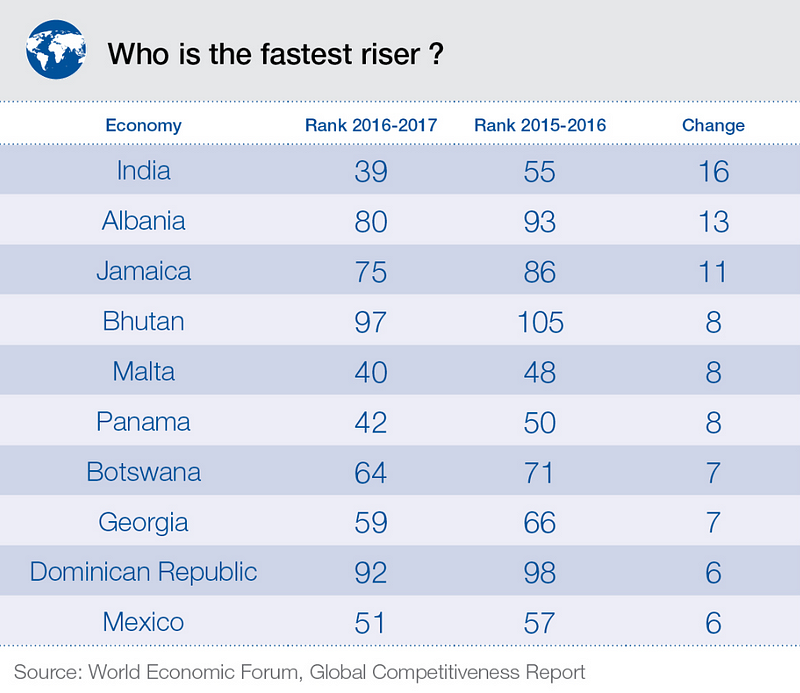With foreign trade worth $4 trillion, China is the world’s most important trading country. Besides the US, it is also the most important trading partner for 100 countries, including Argentina, Brazil, Chile, Peru and Uruguay.
During South America’s golden decade from the early 2000s, the region welcomed China as a key enabler of its commodities super-cycle. Now, China has moved beyond trade to being a major investor, whose presence is felt in primary sectors such as mining, oil, construction, banking and utilities. As much as we all admire China’s tremendous economic progress, these changes have generated a number of issues to consider:
Speed and depth
In just 10 years, China has become a key trade partner and investor in the region. Its presence has been felt beyond trade. China has started using the renminbi in swaps worth $70 billion in Argentina, $27 billion in Brazil and, more recently, approximately $3 billion in Chile.
Since 2010, China has been a source of financing for the region, according to a study published by The Inter-American Dialogue in 2016. China loaned $65 billion to Venezuela in exchange for oil, $21 billion to Brazil and approximately $15 billion to both Argentina and Ecuador. Although certain sources claim that China favoured left-wing governments, it continued its loans to Argentina and Brazil after their respective governments changed. In fact, it is reconsidering its loans to Venezuela because of the country’s political chaos.
On the venture capital side, China has increased its investments to more than $1 billion in 2017, compared to only $30 million two years previously, according to the research firm Preqin.
Unidirectional investments
While Chinese investments are felt all over, Latin American investments in China are limited to a few companies, such as Brazilian firms Embraer and Vale, and the Mexican Grupo Bimbo. Although Asia receives the majority (66%) of Chinese investments, Latin America comes second, receiving 12%, followed by Europe (7%), the US (5%) and Africa (3.5%). Of Chinese investments in Latin America, Brazil received 55%. In 2013 there were 60 investment projects in Brazil led by 44 Chinese companies (Sinopec and State Grid are the leaders) worth a total of $68 billion, according to data from the Brazil-China economic council.
State versus private
The first wave of privatizations in Latin America started in Chile in 1987, with its telecommunications industry. The privatization of banking, electricity, highways and pension systems followed. Today, as Brazil and Mexico (primarily) are starting a second wave of privatization, it is a paradox that Chinese state-owned companies are buying privatized companies. In the latest move, China Mobile and China Telecom, both partially or totally state-owned, have expressed interest in buying the bankrupt Brazilian telecoms operator Oi.
Chinese investments have moved from primary resources to services, thanks — in part — to the Chinese state-owned utility State Grid, the second biggest company in the world by sales, after Wal-Mart. State Grid supplies electricity to 88% of Chinese territory. It is innovating by reducing the loss of energy in transmission — a key technology for large countries like China and Brazil.
The company entered Brazil in 2010 with the acquisition of seven companies from Spanish company ACS for $989 million. In 2014, State Grid led the IE Belo Monte Consortium, formed by State Grid Brasil Holding S.A. (holding 51%), Brazilian companies Furnas Central Eléctrica S.A. (holding 24.5%) and Eletronorte (holding 24.5 %).
For the first time, Western companies were not part of this consortium, which won the bid to build 2,100 kilometres of electrical grid, running from the hydroelectric power plant Belo Monte in the state of Pará to the southeast of Brazil, worth an estimated $1.5 billion.
In 2015, the electrical sector saw another major investment. China Three Gorges Corp. (CTG) bought the hydroelectric plant Jupiá e Ilha Solteira Brazil Energy for $3.6 billion. Other important investments have been made by Chinese oil companies CNOOC, CNPC and Sinopec, in partnership with Spanish companies Repsol and Petrogal. Together they won the bidding for the exploration of the pre-salt area of the Libra oil field. China has also been active in Brazil’s construction industry: CCCC is building a port in Maranhão.
China’s penetration into the economies of Brazil and the wider region has been rapid, and continues to be so. Much of this Chinese influence is being exercised by the increasing global expansion of Chinese firms, including by those state-owned. This is a paradox for Latin America, as its private, formerly state-owned companies are becoming state-owned companies in another country.
Latin America now needs both to partner and compete with China, a country in which the public and private sectors work in unison, in which the line between public and private is blurred, and in which industrial policies and long-term planning take priority over the short-term.
This is a change of paradigm for a region used to dealing with relatively well-known American and European companies that had been operating in Latin America for a long time. Finding an answer to these challenges will be key to making Latin America and China’s new relationship a win-win for both sides.
Have you read?












